** Update: I’ve compiled together many visual examples of psychological tactics in games on this deck. (With a quiz in it!)
Long gone are the days where games could just be great in order to generate revenue. Now, since 90% of games on the app store and Google Play are free, being a great game isn’t good enough. Games must be addictive, habit forming and mind–boggling, so they can rise to the top over a myriad of other great, free games who compete on users’ free time.
Only games that encourage users to engage and spend regularly can survive.
As such, current successful F2P games are a brew of persuasion techniques designed to achieve uncompromised engagement. Here’s a short list of the most notorious persuasive methods and psychological tactics that are used in games:
- Endowed Progress
People who feel they have made some progress toward a certain goal are more committed to achieve that goal.
Take two imaginary math students as an example. Student #1 gets a worksheet with 10 math problems, while Student #2 gets a worksheet with 12 problems, with the first two already solved. Although both students are asked to solve ten problems each, it turns out that Student #2, who had already made some (albeit artifactual) progress, is 50% more committed to finishing the worksheet. (Read about the experiment here.)
This psychological phenomenon is used in countless games.
For example, after the first play in a running game (Temple Run, for example), the player would receive an objective, such as Run 1,000 meters (750 to go). That’s endowed progress in action!
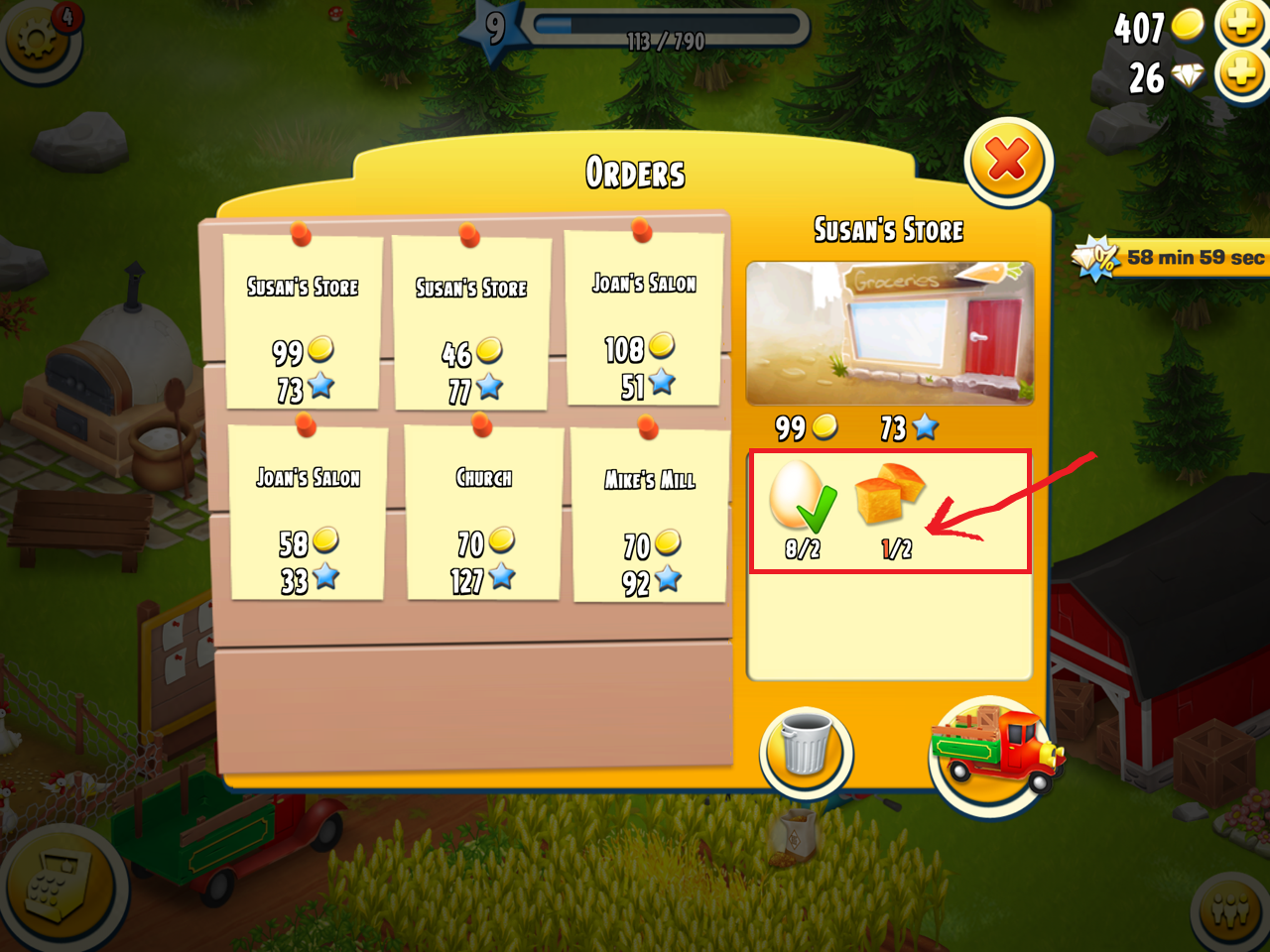
Endowed progress in HayDay. Players always have some of the ingredients needed to complete an order.
How to use endowed progress: Make sure your users have a clear goal and kick off their journey for them. For example, instead of saying Collect 5 apples, say Collect 7 apples, and here are 2 for the road!
- Loss Aversion
As human beings, we strive to avoid pain. And losing is painful. As a matter of fact, we experience loss in twice as intense a manner than we enjoy a possible gain.
“The tendency to be more sensitive to possible losses than to possible gains is one of the best-supported findings in social science,” says R. Cialdini in his book Influence.
Game developers have been exploiting this tendency from the early days of gaming. If you’ve ever played arcade games, you probably remember the Continue? option after the player dies. Correspondingly, the notion that players would hate to lose the game to the extent that they’d prefer to pay a small amount to temporarily avoid doing so has proven correct.
30 years later, after Pac-Man and his arcade friends discovered the power of loss aversion, a company called King refined that formula and designed one of the top grossing games in the history of the App Store, Candy Crush Saga.
The exploitation of loss aversion, combined with the endowed progress effect, has made millions of dollars for King, all thanks to players who didn’t want to lose their progress on a certain tedious level and who paid for 5 more moves to avoid loss.
How to use loss aversion: Search for loss opportunities in your game and offer a loss–avoiding remedies.
- Envy
“Envy is an emotion which occurs when a person lacks another’s superior quality, achievement, or possession and either desires it or wishes that the other lacked it” (Wikipedia). Envy is all about comparison. We might feel perfectly fine about our salary until we find out that our colleague makes 5K more than we do.
In his book Predictably Irrational, Dan Ariely displays that we control the circles in which we compare ourselves. During class reunions, for example, we should deliberately keep our distance from the circle of people who brag about their big salaries and talk with someone else instead.
Games do the exact opposite. They rub envy in their players’ faces. World–building games excel at this. In The Simpsons: Tapped Out, a world–building game in which players build the city of Springfield from scratch, the players are taken to Elite Springfield early on in the game, so they can see how beautiful their city could be, if only they made it that way. Throughout the game, players are encouraged to visit other players’ towns in a ploy for them to envy their neighbors success and fortune, and to get them to want to claim those goods themselves.
How to use envy: This is a social feature, so this is where dress ups, costumes and special items can really shine.
4. Reciprocity
Reciprocity refers to responding to a positive action with a positive action.
When someone gives us a gift, we feel somewhat obligated to give something in return.
This is actually a very prominent social norm that is fundamental to human evolution as a definition of what it means to be human; kind, honored and giving.
Reciprocity plays a big role in F2P games. If you’ve played Candy Crush Saga, you’ve probably seen this screen:
Friends send lives to each other all the time on CSS and when you are out of energy and really NEED to play another round, this gift can be a true lifesaver.
The next time your sender is in desperate need of lives, she might ask you for lives, in which case you’d get a notification prompting you to do so. Why not, you think, she’s helped me, after all… And before you know it, you are in the game, playing another level without having intended to do so in the first place.
How to use reciprocity: Is your game already social? Great! Allow users to send goods to one another.
- Scarcity
Scarcity is a well–known persuasion technique, as we automatically desire items that are scarce or unique. Many F2P games use this notion to dupe people into buying things. In the picture below, you can see that I was selected (!) for a major discount, and that the offer is only valid for the next 60 minutes, which is clearly rubbish.
Many games embed scarcity into their mechanics. Fallout Shelter, a resource management/card collection game, would sell card boxes with at least one rare card inside!, while Infinity Blade 3 would prompt players that The merchant might not have those items again when you try to leave the merchant’s ship without buying anything.
How to use scarcity: Not all items are created equal! Create unique items and make sure that players understand the notion of scarcity.
- Triggering
BJ Fogg, the founder of the Stanford Persuasive Technology lab, has created a very compelling “behaviour model” to explain what makes people act. He claims that people act when their motivations and abilities are in alignment with each other, given the right trigger. For example, you pick up your phone when:
You want to speak with the caller (motivation),
Your phone is within reach (ability),
You heard it ring (trigger).
Some mobile games do an excellent job at understanding people’s motivations and trigger them to behave accordingly. For example, many games bribe players to follow them on FB and get some game currency in return. This FB button is usually located on the first page of the app or at the end of a level.
The devs of the mobile game Best Fiends know better.
Their follow us on FB and get some gems in return offer appears in the game’s gem store.
Best Fiends assumes that if players tap the gem store icon, then they probably need gems, and it’s the perfect time to offer them some for free as a tradeoff for logging in via FB.
The same thing happens on the prizes screen, where players use keys to unlock prizes. Finished all the keys? An offer appears: Like us on FB and get 1 free key!
Those offers (triggers) are always animated in order to catch players’ attention, making sure that players are able to see them, and to appear at exactly the right time and place when players might be interested in what they have to offer.
How to use triggering: Don’t offer your goods sporadically. Understanding your players’ motivation will help you to achieve better results.
- Endowment Effect
Once you are hooked on a game, it is very hard to get out of the habit of playing it. In a way, deleting it may feel like breaking up with your spouse. After all the time we’ve been together, asks the game, as the icon shivers in fear on the iPad screen, you want to delete me? After all the progress we’ve made?
That’s where the endowment effect kicks in. The endowment effect is the hypothesis that we overvalue things simply because we own them. After investing so many hours in a game and being emotionally attached to it, it feels like a huge waste to throw it all away. In doing that, we also acknowledge that those long hours of playing, along with the money we have spent, have all been for nothing. The fear of losing something of value is almost paralyzing, and the value is out of the roof due to the endowment effect.
The amazing thing is that after it is done, and the game is deleted, rationality kicks back in as if a dark spell has been removed. “I’m FREE!” cries the ex-player. Free to read, to play sports, to make love to my GF instead of playing stupid games!
Unlike smoking, addiction to mobile games is not a physical thing… or is it?
The need for dopamine caused by addictive games is still there, and the new addiction lurks right behind the App Store icon.
How to use the Endowment effect: Share those 7 psychological tactics with your friends and immediately feel that you own a little of this post’s success! 🙂

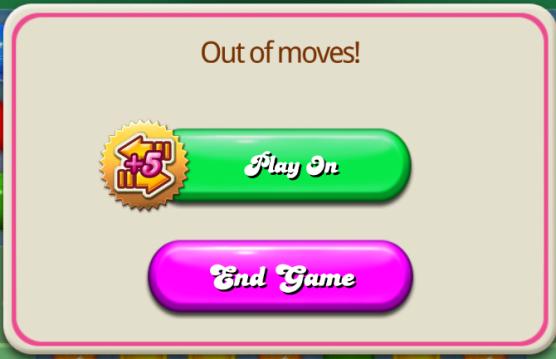
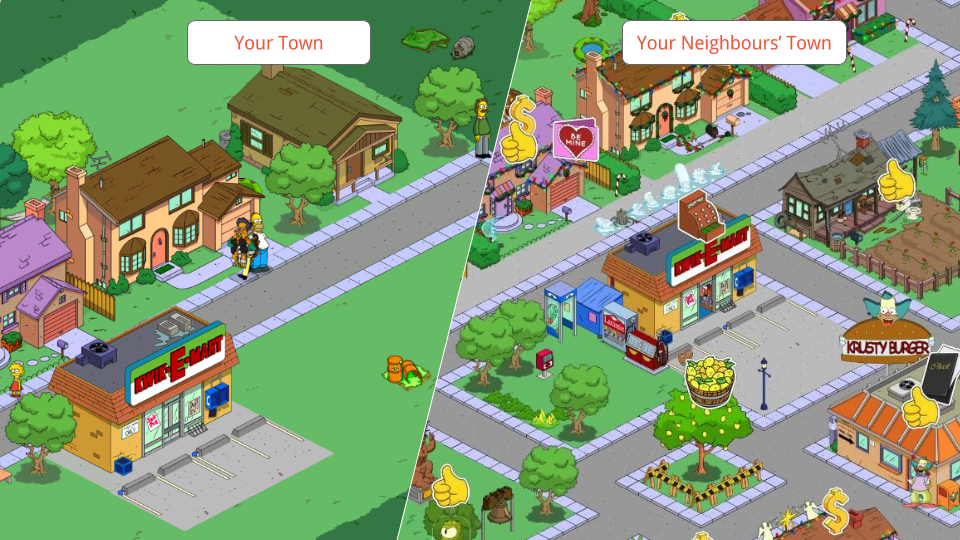
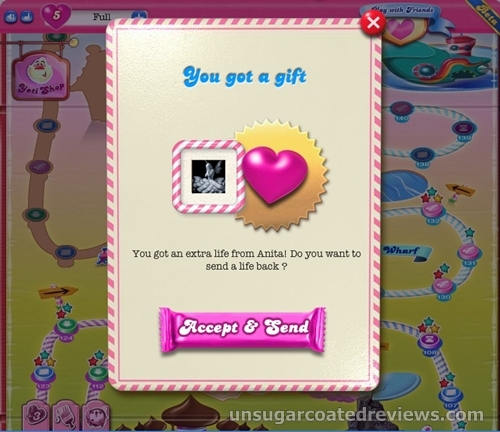
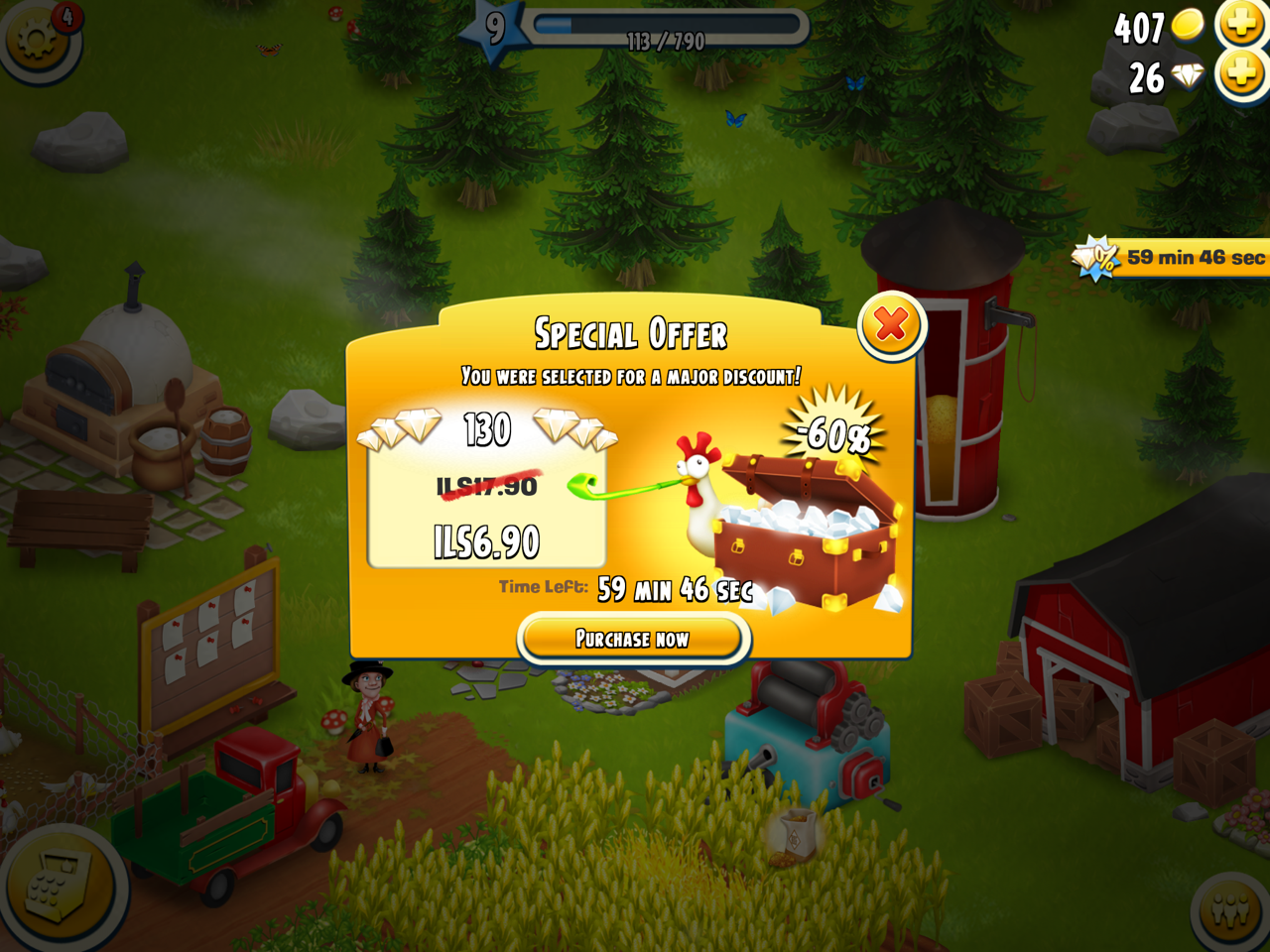
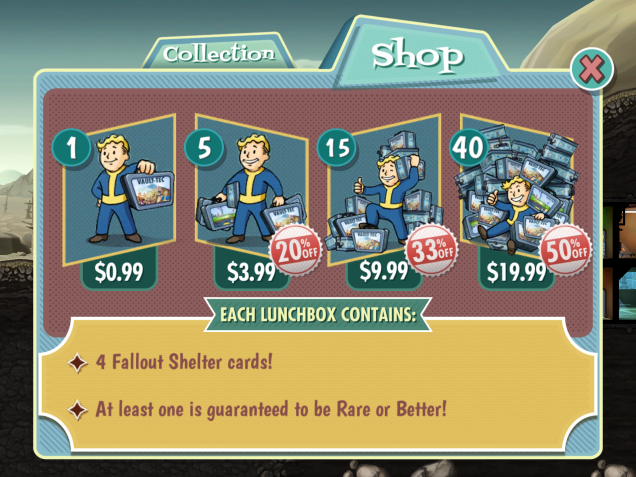

This is a pretty thorough article, I was expecting something short, but this had everything I was looking for.
Not going to lie, probably will try to use some of these on my next game